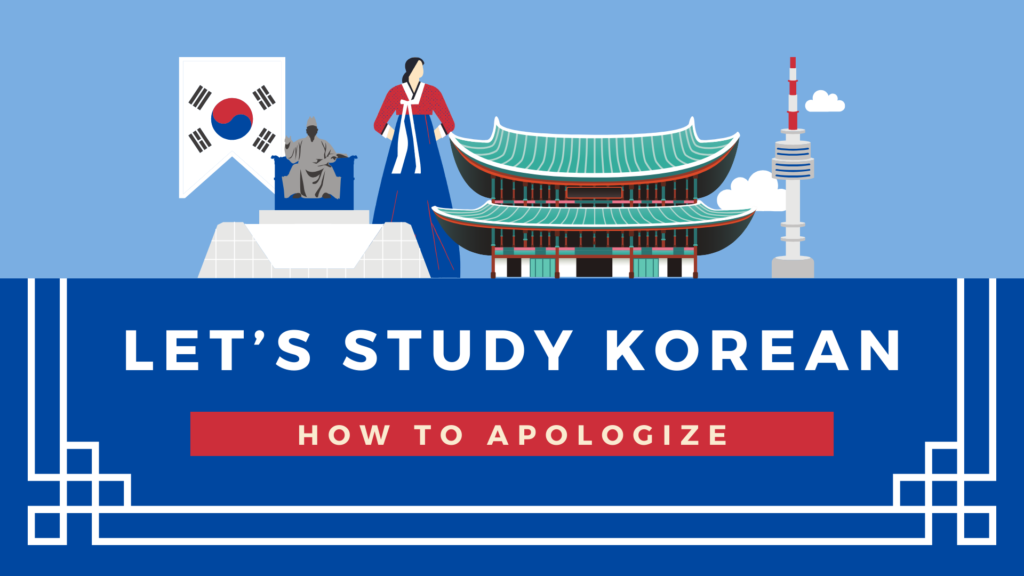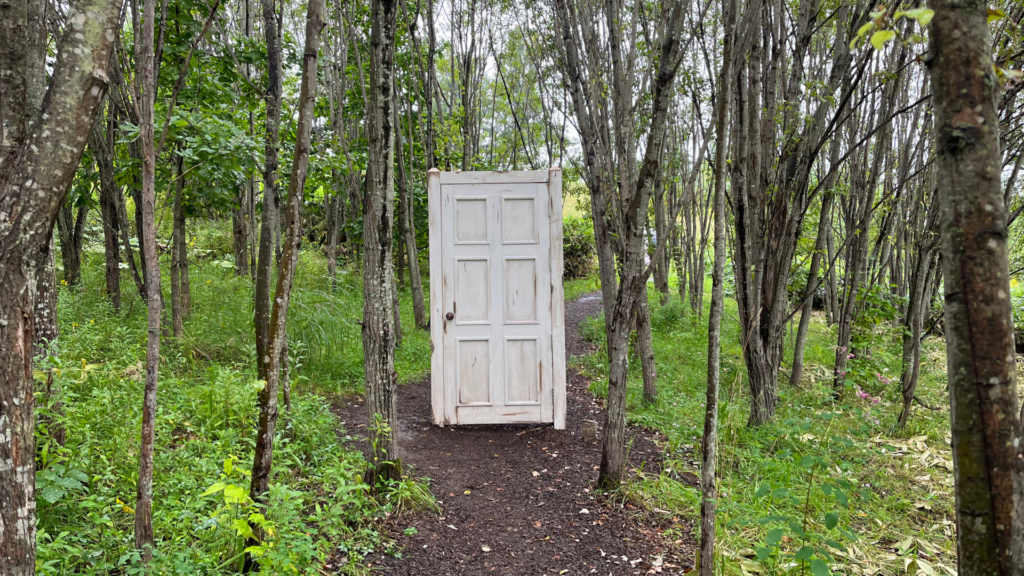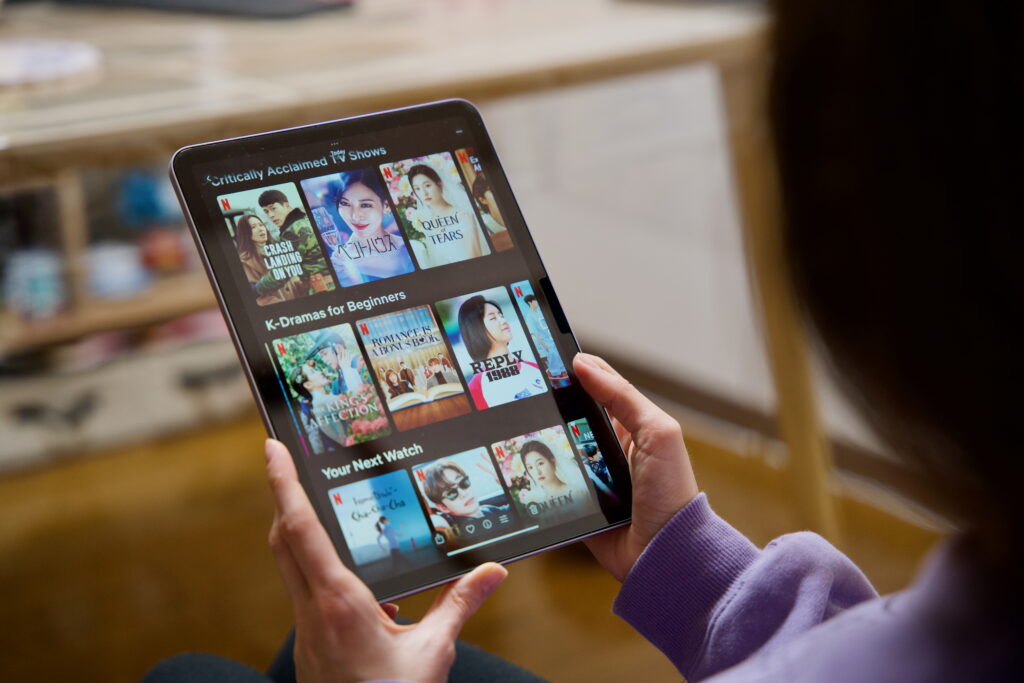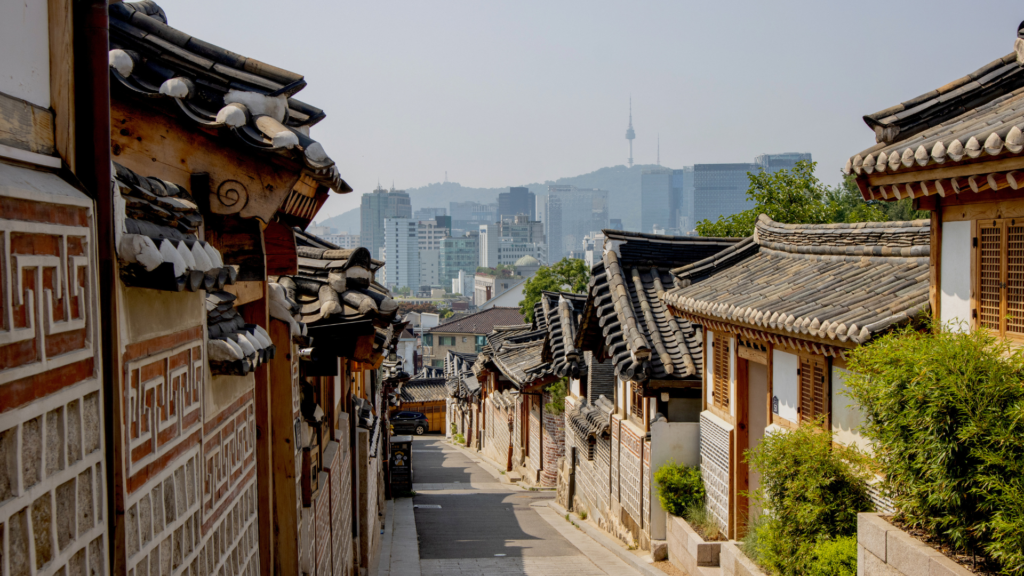Article updated on January 2024
Those who want to visit South Korea often wonder about the best time of year to go, so that they can go at a time when they can take advantage of the most events. Many festivals and events are organized in Korea, and some of them are very special. However, there really isn’t a best time to choose: there are things to do in Korea all year round.
Today we recommend the most popular events throughout the year in Korea, month by month.

January
One of the events throughout the year in Korea is of course New Year’s Eve, with its fireworks, parties, bells and sunrise over the sea.
January is also a cold month, so many people go to ski resorts. One of the most popular destinations is Pyeongchan (평찬), where the 2018 Winter Olympics were held.
Another interesting event is the Hwacheon Sancheoneo Ice Festival (화천천어제), which takes place in Hwacheon throughout most of January. Among the event’s most well known activity is fishing for trout with your bare hands through holes dug in the frozen lake – this is done in shorts and short sleeves! During the festival, it is also possible to try other activities such as the ice slide and bobsleighing.
February
February may see celebrations for Seollal, the Lunar New Year, but the date varies from year to year, so sometimes it falls in January and sometimes in February.
Events throughout the year in Korea include the Herb Island Light Festival (허브아일랜드 불빛동화축제) in February in Pocheon, a few kilometers from Seoul. In the evening, the town lights up with colourful lights and cheerful decorations. This event continues to take place at other times of the year, but February is the most popular month. If you go to Pocheon, you can also take the opportunity to visit the Pocheon Art Valley, a striking rock formation overlooking a clear body of water where many dramas have been filmed, including A Korean Odyssey (화유기).

March
In March, a marathon is held in Seoul, attracting many participants every year. There is a full marathon of 42.2 kilometers starting from Gwanghwamun Square and ending at the Seoul Sports Complex Olympic Stadium, and a mini-marathon of 10 kilometers starting at the Olympic Park and ending at the same destination. Visit the official marathon website here for Seoul and here for Busan.
The first spring festivals also begin, taking place in various locations and celebrating the first flowers of the year. In March, for example, you can participate in various tulip festivals.
The Jeju Fire Festival is held in March every year. Following a Korean tradition called bangae (반개), an agricultural process of burning down the fields to exterminate pests and allow the greens to regenerate. This award-winning festival is one of the most popular attractions in Jeju. Located at the Saebyeol Volcanic Cone, you can expect a spectacular view when bangae takes place.
Towards the end of the month, you can also take part in the Nonsan Strawberry Festival, during which you can sample local strawberries and take part in themed cooking classes.
April
In April, the actual spring festivals start to become numerous and attract crowds of people. This is the period when the cherry blossoms are in bloom and various festivals are held in the various parks where cherry blossoms are present. Among these are the Yeouido Festival in Seoul (여의도 봄꽃축제) and the Seogwipo Festival in Jeju (제주 왕벚꽃축제).
Also noteworthy is the Jindo Miracle Sea Road Festival (진도신비의바닷길축제). Once a year, the strip of land separating the island of Jindo from the peninsula resurfaces due to a lowering of the tide and can be crossed on foot.
Buddha’s birthday celebrations also take place between April and May, depending on when it falls on the lunar calendar. Celebratory lanterns are set up everywhere, but the Daegu Lantern Festival, during which lanterns are thrown into the sky, is of particular note.

May
In May, the spring festivals are not over yet, with the Rose Festival being one of them. One of the many festivals is Everland, the famous amusement park in Yongin, not far from Seoul.
Another interesting festival among the events throughout the year in Korea is the Boseong Green Tea Festival (보성다향대축제). This festival allows visitors to admire the verdant green tea fields of Beoseong and take part in activities such as themed exhibitions, leaf-picking and tea-making.
At the end of May, Busan hosts the Centum Beer Festival, where you can drink plenty of beer and soju, play games to win glasses, and watch short musical performances. Interestingly, a black bag will be provided at the entrance in case you overdo it!
Read our article on drinking culture in Korea here.
June
In June, one of the most impressive events throughout the year in Korea is the Danoje Festival in Gangneung. This is an event where you can watch ancient rituals, traditional dances and ssireum (씨름), a kind of Korean masked wrestling.
This festival is considered a UNESCO cultural heritage site. It is held on the occasion of dano (단오), the 50th day of the lunar calendar.

July
The most famous event in July that attracts people from all over Korea every year is the Boryeong Mud Festival. It’s an event during which people dive into the mud and play various games. Not recommended for those who don’t like getting dirty!
Another popular July event for young people is the Sinchon Watergun Festival, which takes place in Seoul and involves shooting each other with water guns in the streets of Sinchon district. This event usually lasts an entire weekend.
August
August sees the Incheon Pentaport Rock Festival, the nation’s best-known rock event.
We also know that Koreans love spicy food, which is why the Goesan Chili Pepper Festival (괴산고추축제) takes place at the end of August.

September
A very special September event is the Wonju Dynamic Dancing Carnival, a long masked parade that takes place in the city of Wonju. During the event, one has the opportunity to see both traditional and modern masks and dances, or the two styles fused together.
Between September and October, the Suwon Hwaseong Cultural Festival also begins, during which historical performances are staged at the Hwaseong Fortress.
October
Depending on the lunar calendar, Chuseok – the autumn festival also known as Korean Thanksgiving – may fall in September or October.
The Busan International Film Festival (the first Korean film festival which plays a big role in the Asian film industry) is also held in Busan every year.
Halloween night is also celebrated as one of the popular events throughout the year in Korea. Generally, the celebrations take place over two weekends in a row and the area where the event is most popular is the Itaewon district in Seoul.
November
In November, Korea starts to light up with Christmas decorations, but that’s not all. In Seoul, the Seoul Lantern Festival is held in the central area, during which large lanterns in a variety of shapes decorate the Cheongyecheon stream and its surroundings.

December
Once November’s Seoul Lantern Festival is over, Cheongyecheon’s decorations are replaced with bright, colourful Christmas-themed lanterns. While Christmas wasn’t a big thing in Korea until a few years ago, it is now becoming increasingly important, especially on the consumer and decorative side.
We hope you enjoyed our month-by-month overview of events throughout the year in Korea. We’ve only considered a select few because there are just so many! Is there a particular festival or event in Korea that you know of and would like to recommend? Let us know in the comments.
For more information and interesting facts, keep following the Go! Go! Hanguk blog and do not hesitate to contact us about living and studying in Korea.

